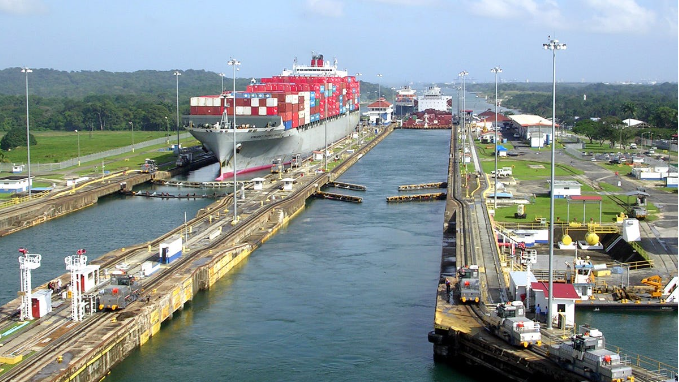


The Panama Canal is at risk due to climate change and needs to adapt. This vital link between the Pacific and Atlantic oceans is particularly threatened by decreasing rainfall as it relies on freshwater reservoirs for its locks. The canal operator has already limited shipping due to drought, impacting its operation and profitability. This was reported by AFP.
The main disadvantage of the canal is its use of freshwater compared to other canals that use seawater.
Adaptation is crucial in the face of expected decreased rainfall and increasing dryness. Meteorologist Alcely Lau notes that Panama is experiencing significant rainfall deficits, and this is not expected to change significantly in the near future. El Niño could exacerbate the dry conditions and affect the canal, which requires about 200 million liters of freshwater for its locks for each ship passage.
This year, the canal administration has reduced crossings to conserve water. Additionally, larger ships are diverting part of their cargo to rail to reduce their load during canal crossings.
Replacing freshwater with seawater is not a simple solution. Revenues could decrease by up to $200 million due to drought in 2024. Operating since 1914, the Panama Canal is a vital part of global maritime trade.